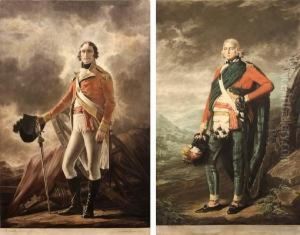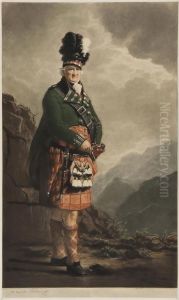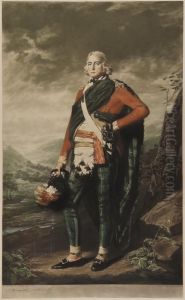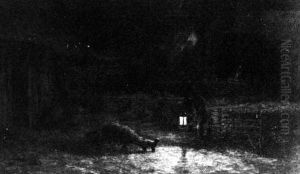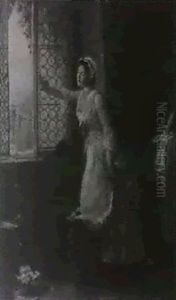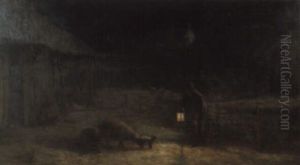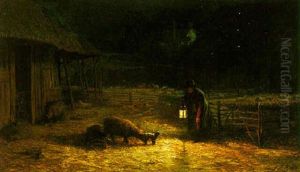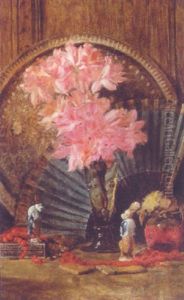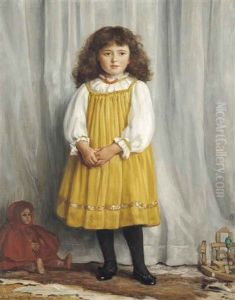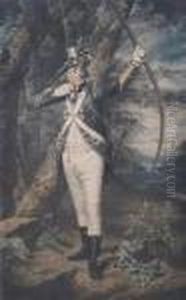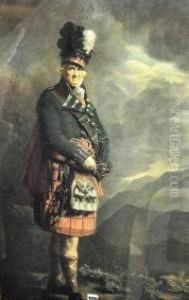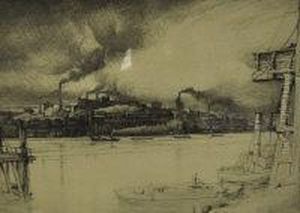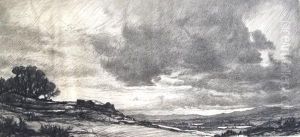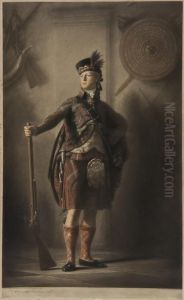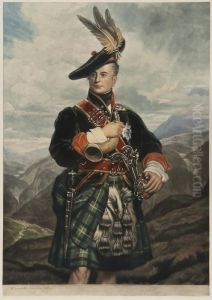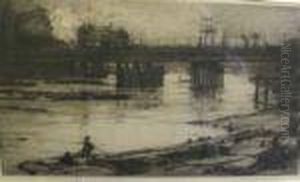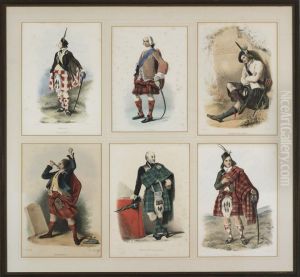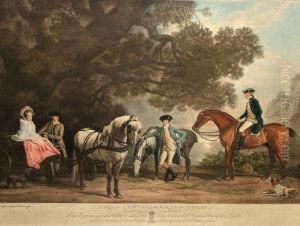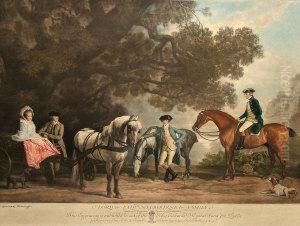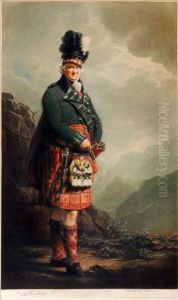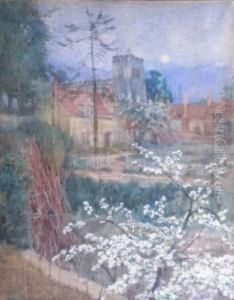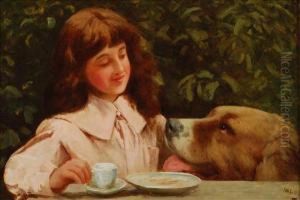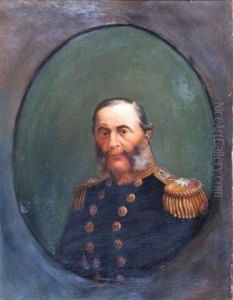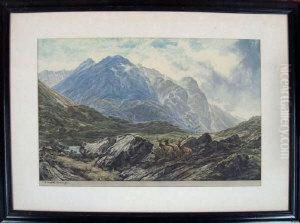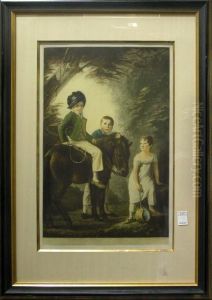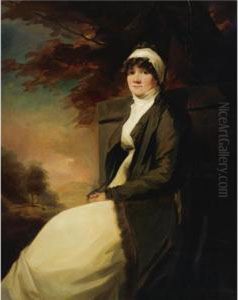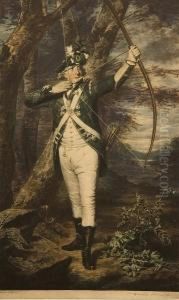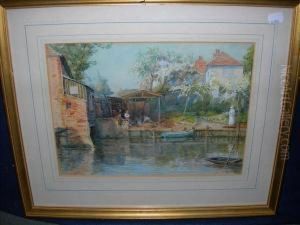Henry Macbeth-Raeburn Paintings
Henry Macbeth-Raeburn was a notable British painter and etcher born in 1860. He was the son of the artist Norman Macbeth, and under his father's guidance, he developed a strong foundation in art. Macbeth-Raeburn is often remembered for his exceptional skill in etching, which he pursued alongside his painting career. He gained a reputation for his portraits and figure studies, which were characterized by a delicate and precise style.
His works were exhibited at various prestigious venues, including the Royal Academy of Arts in London. Macbeth-Raeburn was not only a successful artist but also contributed to the art community as a member of the Royal Society of Painter-Etchers and Engravers. This society, established in 1880, was dedicated to promoting the art of etching, and Macbeth-Raeburn's involvement underscored his commitment to the craft.
Throughout his career, Henry Macbeth-Raeburn was influenced by the broader movements of his time but remained dedicated to the classical principles of art. His adherence to these principles can be seen in the technical expertise of his etchings and the traditional subject matter of his paintings. Despite not being a leading figure in avant-garde movements, his work was respected for its craftsmanship and elegance.
Macbeth-Raeburn's legacy is that of a skilled artist who excelled in etching, a medium that requires precision and control. His works continue to be appreciated by collectors and art historians for their finesse and historical value. He passed away in 1947, leaving behind a body of work that continues to be studied and admired for its contribution to the British art scene of the late 19th and early 20th centuries.
